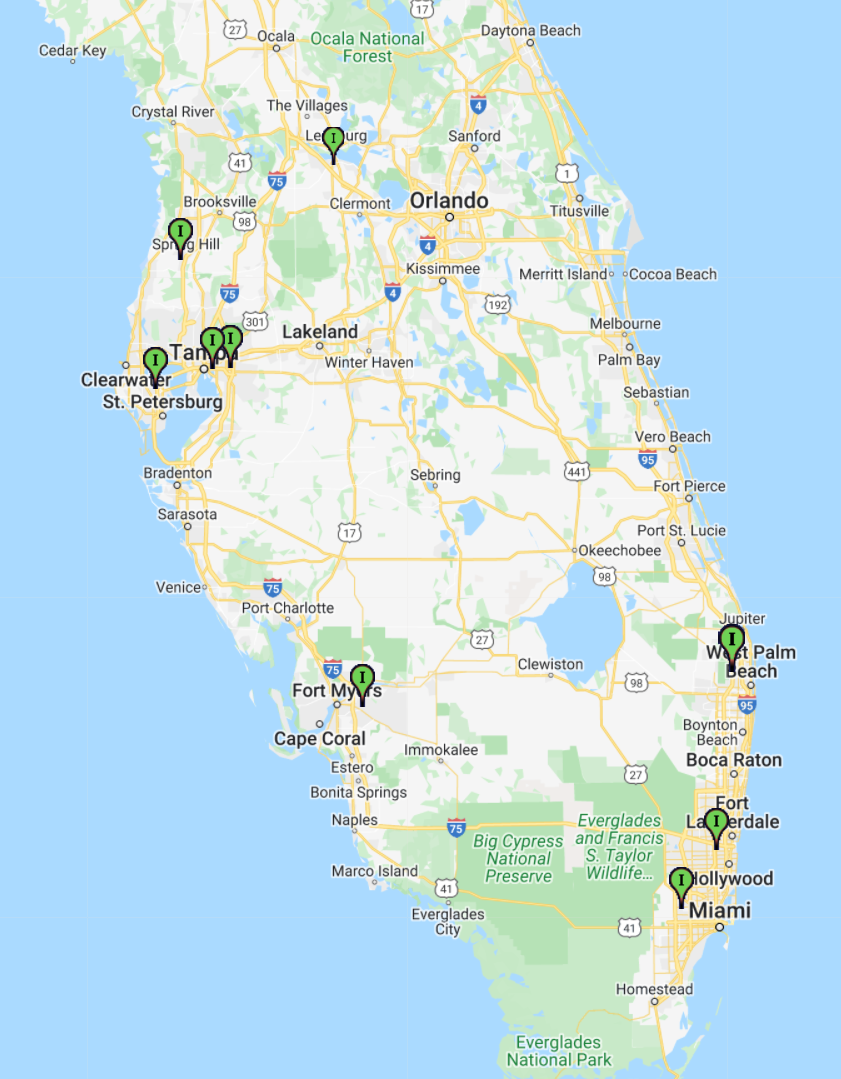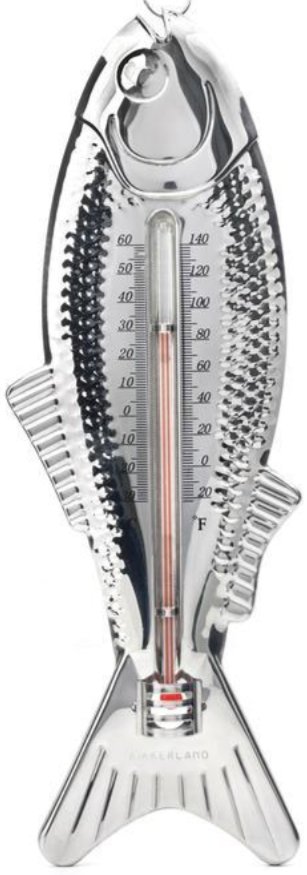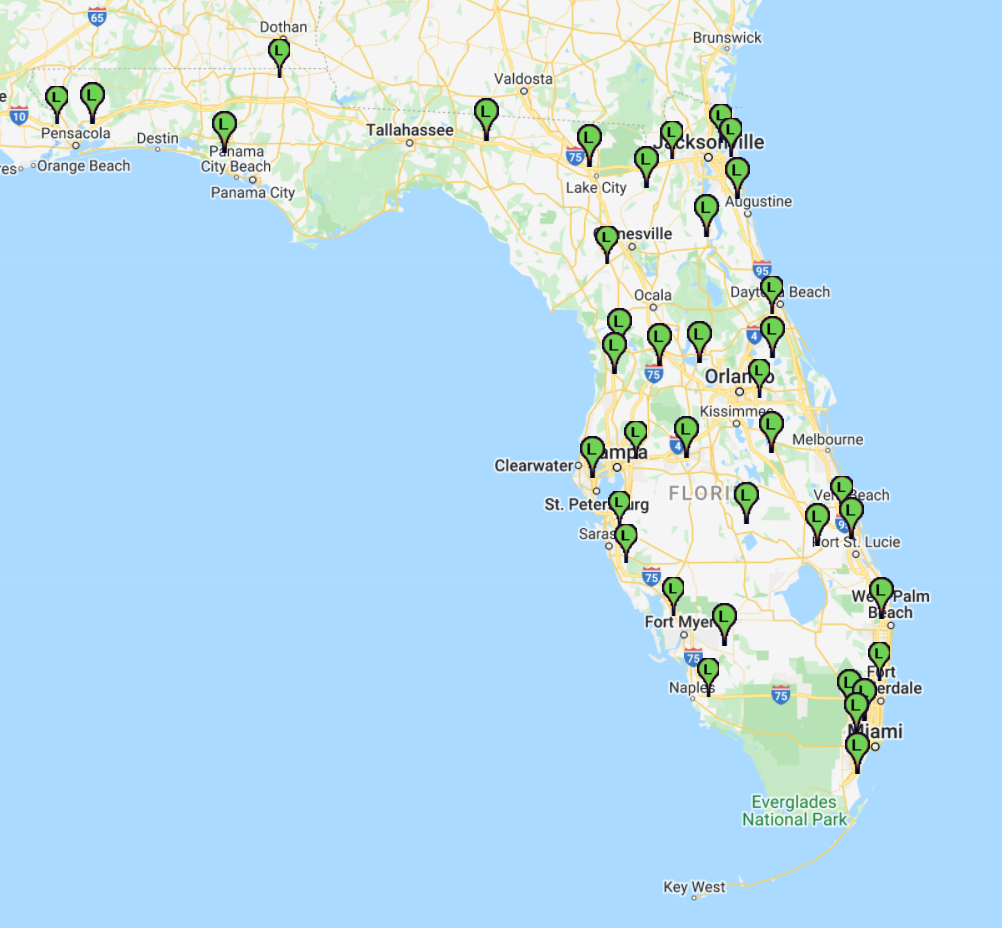Florida burns more trash than any state in the United States. The state also used to have the greatest number of trash incinerators in any state until incinerators closed in 2021 (Bay County) and 2023 (Miami-Dade County). There are now nine trash incinerators remaining in Florida at eight sites, second only to New York which still has ten incinerators operating.
Incineration is the most expensive and polluting way to manage waste or to make energy. It’s dirtier than burning coal, and worse than landfilling waste directly. For South Florida’s urban areas, it would make more economic and environmental sense to ship waste north to landfills than to support aging and polluting incinerators and dump their toxic ash in landfills.
In 2022, the legislature passed and Governor DeSantis signed Senate Bill 1764 in law, which throws hundreds of millions of Florida taxpayer dollars at the state’s trash incinerators, first propping them up by covering reduced electricity sales revenues, then granting the rest in subsidies to build new incinerators and expand existing ones, as Covanta is trying to do at their Pasco County incinerator.
Initially written to allocate $100 million dollars a year for this purpose, the dollar amount was replaced with matching funds to build new incinerators or expand existing ones — a blank check that could amount to far more than $100 million a year.
On March 1st, 2022, the former Chief of Staff at the U.S. Environmental Protection Agency under the Trump Administration wrote a powerful article in the Floridian blasting these bills as a step backwards, undermining the state’s recycling goals.

Florida stands out in several ways:
- In February 2023, the trash incinerator in the City of Doral in Miami-Dade County burned uncontrolled for three weeks, shutting the plant down and spreading a huge plume of air pollution into the community. This is only unusual because other fires at Covanta incinerators (including two in the DC area in late 2016, early 2017) have usually not lasted more than two weeks.
- West Palm Beach has two incinerators adjacent to one another. One is the only new trash incinerator built in the U.S. since 1995 (not counting a small number of expansions where one boiler has been added to some other incinerators). This new incinerator cost $672 million to build — six times more expensive than a new gas-fired power plant, according to the Florida Department of Agriculture and Consumer Services (see footnote 4 on page 24 of this section of the meeting packet on the senate bill).
- In 2023, Broward and Miami-Dade Counties are pursuing building large new incinerators — just seven miles from each other, on the edge of the Everglades. This is highly unusual, as incinerators are rarely proposed these days, and none have successfully been built at a new site since 1995 despite hundreds of attempts.
- The Pasco County incinerator is the only incinerator in the U.S. currently proposing to expand. A fourth boiler is being pursued at that facility.
- Covanta Lake is one of three trash incinerators in the nation burning medical waste. It does so without being subject to the stricter emissions requirements that apply to medical waste incinerators.
- 70% of Florida’s incinerators are located where people of color are disproportionately impacted. Read more about incinerators and environmental racism.
Trash Incinerators in Florida
| County | Facility | Operator * | Year Opened | Trash burning capacity (tons/day) | # of Burners | Electricity (MW) | Population within 2.5 miles | Notes | |
|---|---|---|---|---|---|---|---|---|---|
| People of color | Household income | ||||||||
| Broward | Wheelabrator South Broward, Inc. | Wheelabrator | 1991 | 2,250 | 3 | 66 | 46.0% | $54,000 | Electric sales contract with FPL expires 12/2026; Privately owned |
| Hillsborough | Hillsborough County Resource Recovery Facility | Covanta | 1987 (units 1-3); 2009 (unit 4) | 1,800 | 4 | 47 | 58.1% | $44,000 | |
| Hillsborough | McKay Bay Refuse-to-Energy Facility | Wheelabrator | 1985 | 1,000 | 4 | 22 | 68.1% | $42,000 | |
| Lake | Lake County Resource Recovery Facility | Covanta | 1990 | 528 | 2 | 15 | 5.2% | $50,000 | Burns up to 8% medical waste; Privately owned |
| Lee | Lee County Resource Recovery Facility | Covanta | 1994 (units 1-2), 2007 (unit 3) | 1,836 | 3 | 57 | 50.7% | $51,000 | |
| Miami-Dade | Miami-Dade County Resource Recovery Facility | Covanta | 1982 | 2,592 | 4 | 77 | 85.4% | $77,000 | Burns refuse derived fuel (processed trash) |
| Palm Beach | Palm Beach Renewable Energy Facility 1 | Covanta | 1989 | 2,000 | 2 | 61 | 63.2% | $60,000 | Electric sales contract with FPL expires 3/2034; burns refuse derived fuel (processed trash) |
| Palm Beach | Palm Beach Renewable Energy Facility 2 | Covanta | 2015 | 3,000 | 3 | 96 | 63.2% | $60,000 | Electric sales contract with FPL expires 3/2034. This new incinerator took $672 million to build. |
| Pasco | Pasco County Resource Recovery Facility | Covanta | 1991 | 1,050 | 3 | 30 | 13.0% | $65,000 | Electric sales contract with Duke expires 12/2024; 4th burner planned |
| Pinellas | Pinellas County Resource Recovery Facility | Covanta | 1983 (units 1-2); 1986 (unit 3) | 3,150 | 3 | 75 | 21.9% | $50,000 | Electric sales contract with Duke expires 12/2024 |
- All are publicly owned except for Covanta Lake and Wheelabrator South Broward. All are privately operated by one of these two trash incineration corporations.
Florida’s mercury problem

From 2011-2020, Florida’s trash incinerators are responsible for 1/3rd of the industrial air emissions of highly toxic mercury in the state, according to data reported by industrial facilities to Florida’s Department of Environmental Protection. There is no safe dose of mercury.
The Florida Department of Health has over 2,000 fish consumption advisories warning about the safety risk of consuming various species of fish in water bodies in throughout the state. There are warnings in every Florida county. See sortable spreadsheet of Florida fish consumption advisories.
Mercury is the reason for 98.6% of these advisories, and some of the remaining advisories are also due to pollutants released from trash incinerators, such as dioxin, lead, and arsenic.
38% of the mercury emitted from Florida industry from 2011-2020 was from the state’s trash incinerators. Two are now closed, but one new one opened in 2015. Covanta Pinellas (the largest in the state and second largest in the nation) is responsible for the vast majority of the industry’s mercury emissions in Florida. If you pretend that the two incinerators that are now closed (Wheelabrator North Broward and Bay County) never existed, the industry is responsible for 34% of the state’s mercury emissions. Incinerators are in red in the chart below.
| County | Name | Total mercury emissions in pounds (2011-2020) |
|---|---|---|
| Duval | CMC Steel Florida | 1,284 |
| Pinellas | Pinellas County | 998 |
| Sumter | Sumterville Cement Plant | 561 |
| Putnam | Seminole Generating Station | 418 |
| Suwannee | Branford Cement Plant | 381 |
| Hillsborough | Hillsborough | 354 |
| Orange | Stanton Energy Center | 346 |
| Broward | Wheelabrator North Broward [closed in 2015] | 257 |
| Broward | Wheelabrator South Broward | 159 |
| Nassau | Fernandina Beach Mill | 136 |
| Lee | Lee County | 116 |
| Bay | Bay County Waste-to-Energy [closed in 2021] | 111 |
| Pasco | Pasco County | 111 |
| Hendry | U.S. Sugar Clewiston Facility | 110 |
| Palm Beach | West Palm Beach #1 & 2 | 103 |
| Lake | Lake County | 102 |
| Nassau | Rayonier Fernandina Sulfite Plant | 99 |
| Polk | Polk Power Station | 90 |
| Lee | East Water Reclamation Facility | 79 |
| Palm Beach | Glades Sugar House | 74 |
| Miami-Dade | Miami-Dade County | 72 |
| Duval | Jacksonville Facility | 59 |
| Palm Beach | Okeelanta Cogeneration Plant | 47 |
| Palm Beach | Osceola Farms | 42 |
| Pinellas | City Of Largo Wastewater Treatment Plant | 38 |
| Hillsborough | McKay Bay | 36 |
| Pinellas | South Cross Bayou AWRF | 28 |
| Polk | C.D. Mcintosh, Jr. Power Plant | 25 |
| Taylor | Foley Mill | 18 |
| Duval | Jacksonville Mill | 17 |
| Escambia | International Paper Pensacola Mill | 17 |
| Orange | Stericycle – Apopka | 15 |
| [Multiple] | [24 other facilities with under 10 pounds each] | 29 |
| TOTAL | 6,334 | |
| TOTAL FROM TRASH INCINERATORS | 2,419 | |
Source: Florida Department of Environmental Protection Air Permit Document Search
What is the alternative to incineration?
Incineration does not avoid landfills. Incineration creates 30 tons of toxic ash for every 100 tons of waste burned. The remaining 70 tons end up in the air, including significant amounts of air pollution. Ash makes landfills more toxic and dangerous to groundwater. It’s less harmful to use landfills directly while implementing genuine waste reduction, reuse, recycling, and composting measures to stretch out the life of the state’s landfills.
There are several privately-owned landfills in central Florida that could serve the needs of south Florida’s incinerator communities without excessing hauling distances. Most can be handled within a 50-100 mile trucking distance, and some might have to go as far as 150-200 miles, which is not unusual compared to other parts of the country. Even at a trucking distance of hundreds of miles, the emissions from trucking do not justify incinerating closer to home. Trucking emissions are tiny compared to the emissions of landfills and incinerators themselves, and incineration is so much more polluting than landfilling that life cycle analysis has shown that it’s far less harmful to truck to distant landfills than to burn nearby and bury ash in landfills. See pages 56-58 and 63-67 in the Beyond Incineration report for results of a study on this.
Florida’s operating landfills are here:

Find EPA’s Excel spreadsheet of operating and closed landfills in Florida here.
